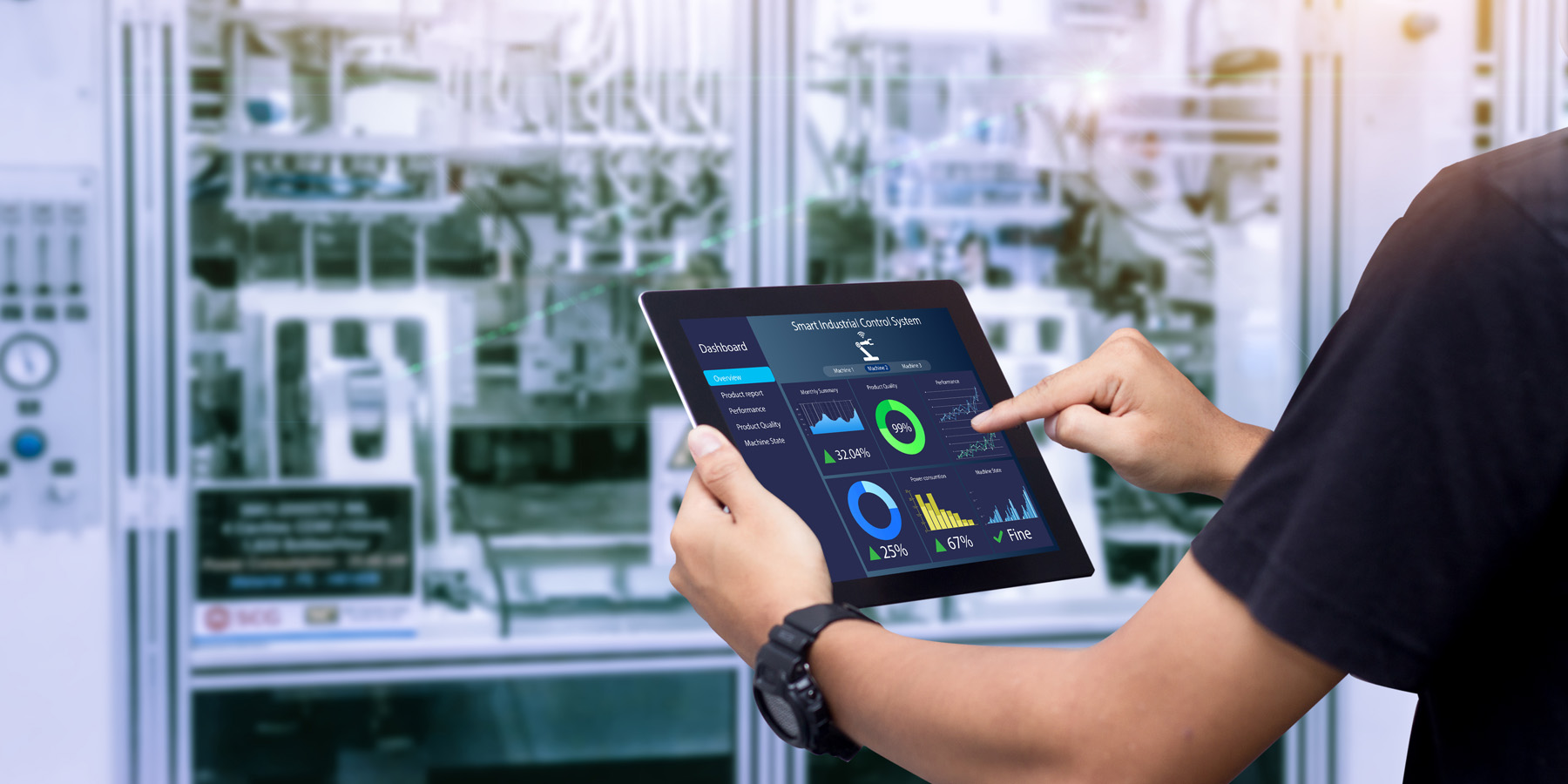The construction industry has long been seen as a field dominated by manual labor, where progress was measured in bricks laid and beams hoisted. But beneath the surface, a quiet revolution is unfolding one where automation is reshaping how construction labs operate. From precision-driven material testing to AI-powered structural analysis, technology is rewriting the rules of efficiency and accuracy.
The Silent Shift in Material Testing
Gone are the days when lab technicians spent hours manually checking samples, recording data in worn-out logbooks, and waiting for results that could take days. Automated systems now handle repetitive tasks with unerring precision, reducing human error and speeding up workflows. Among these advancements, the concrete slump cone test has seen significant transformation. Traditionally, this test required hands-on measurement of concrete consistency, but automated slump testers now deliver instant digital readings, eliminating guesswork and inconsistencies.
Sensors embedded in testing equipment capture real-time data, feeding it directly into cloud-based platforms where algorithms analyze trends and flag anomalies. This shift doesn't just save time it ensures that every batch of concrete meets exact specifications before it even leaves the lab. The ripple effect? Fewer construction delays, reduced material waste, and structures that stand the test of time.
When Machines Predict Structural Weaknesses
One of the most groundbreaking changes is the use of machine learning to predict material failures before they happen. Advanced software processes historical data, identifying patterns that human analysts might miss. For instance, subtle variations in compressive strength over multiple batches can signal potential weaknesses in a building's foundation. Automated tools cross-reference these findings with environmental factors humidity, temperature fluctuations, and load-bearing stress to forecast risks long before they become visible.
This predictive capability is a game-changer for safety. Instead of reacting to cracks or collapses, engineers can now preemptively reinforce vulnerable sections. The result? Buildings that aren't just stronger but smarter, designed with foresight rather than hindsight.
The Rise of Robotic Lab Assistants
Robotics has stepped out of manufacturing plants and into construction labs, handling tasks that range from sample preparation to advanced stress testing. Robotic arms, equipped with high-resolution cameras and pressure sensors, perform fracture tests on steel beams or analyze the tensile strength of rebars with microscopic accuracy. Unlike human workers, these machines don't fatigue, ensuring consistent results even after hundreds of repetitions.
Perhaps the most underrated advantage is their role in hazardous testing. Extreme load tests or exposure to corrosive materials no longer endanger lab personnel robots take on the risk, allowing humans to focus on interpretation and innovation.
Digital Twins: A Mirror to Reality
Imagine having a virtual replica of a construction project where every material, every stress point, and every environmental impact is simulated in real time. Digital twin technology makes this possible. By creating a dynamic digital counterpart of a physical structure, labs can run endless "what-if" scenarios without pouring a single ounce of concrete.
This isn't just theoretical digital twins are already being used to optimize skyscrapers, bridges, and tunnels. If a lab modifies the composition of a cement mix, the digital twin instantly shows how it affects durability under seismic activity. The ability to experiment virtually before committing to physical materials is reducing costs and accelerating project timelines.
The Human-Machine Collaboration
Despite the surge in automation, the human element remains irreplaceable. Engineers and technicians now work alongside AI, using automated tools to enhance their expertise rather than replace it. For example, while software can flag a deviation in the concrete slump cone test, it takes a skilled professional to determine whether the issue stems from aggregate quality, water ratio, or mixing duration.
This collaboration is fostering a new breed of construction experts ones who are as fluent in data analytics as they are in material science. Training programs are evolving, blending traditional engineering principles with courses in AI interpretation and robotic system management.
Breaking the Cost Barrier
A common misconception is that automation is a luxury only mega-projects can afford. However, modular and scalable solutions are making these tools accessible to smaller firms. Cloud-based platforms allow labs to pay for only the services they need, from remote monitoring to predictive analytics. Even open-source AI models are emerging, enabling budget-conscious labs to implement machine learning without exorbitant licensing fees.
The long-term savings outweigh initial investments. Automated systems minimize rework, cut down on material waste, and reduce liability from structural failures. For firms hesitant to take the plunge, pilot programs and phased integrations offer a low-risk entry point.
A Glimpse Into Tomorrow's Labs
The next frontier lies in fully autonomous labs, where AI oversees everything from sample intake to final reporting. Early prototypes already exist, with robotic systems handling entire workflows with minimal human intervention. These labs could operate around the clock, delivering faster turnaround times without compromising accuracy.
Another emerging trend is blockchain for material traceability. Every batch of steel, every sack of cement, and every test result could be logged on an immutable ledger, ensuring transparency across the supply chain. This would be particularly transformative for projects requiring stringent compliance, such as nuclear facilities or earthquake-resistant structures.For a deeper dive into how automation is revolutionizing material testing, check out this comprehensive report on construction tech advancements.
To Summarize Everything
The construction lab of today is a far cry from its predecessor—a space where machines and humans collaborate to build smarter, safer, and more efficient structures. Automation isn't about replacing skilled workers; it's about empowering them with tools that amplify their capabilities. From the concrete slump cone test to digital twins, technology is erasing the boundaries of what's possible.
As these innovations become mainstream, the industry stands at a crossroads: adapt or be left behind. The firms that embrace this shift won't just survive they'll redefine the future of construction itself.






